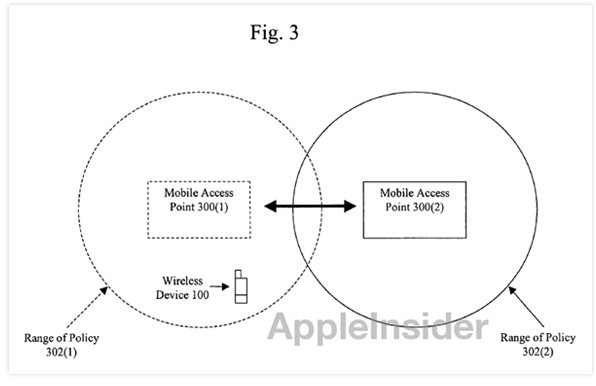New Apple patent could result in location-aware iPhones

Imagine walking into the office in the morning and your iPhone automatically switches itself to silent. You didn’t have to switch anything, you didn’t have to tap anything, you didn’t even have to take it out of your pocket – it just did it automatically because it knew you walked into work. That could be possible with a future iPhone, thanks to a new Apple patent.
Entitled “Apparatus and methods for enforcement of policies upon a wireless device” and discovered by AppleInsider, the patent details an innovative new feature that would allow your iPhone to automatically switch between a number of predefined profiles based on your location.
You could setup profiles for a number of frequent locations, such as your home, your office, and your favorite bar, and then define how you would like your iPhone to act in those places. For example, you could have your ringer turned down at home, completely silent at the office, but as loud as it will go while you’re at the bar – so that you can hear it over the jukebox.
According to Apple’s patent, your iPhone would then use a combination of GPS, cellular triangulation, and WLAN communication to establish your location and change your settings accordingly. It could do more than just silence your ringer, too, as the patent notes:
This policy enforcement capability is useful for a variety of reasons, including for example to disable noise and/or light emanating from wireless devices (such as at a movie theater), for preventing wireless devices from communicating with other wireless devices (such as in academic settings), and for forcing certain electronic devices to enter “sleep mode” when entering a sensitive area.
Apple already uses location-aware features in iOS 5, such as the clever alerts in the Reminders app, which will automatically remind you to buy milk when you’re passing the store, or take out the trash when you get home from work. So location-aware settings are certainly not out of the question.
But of course, like all Apple patents, this isn’t a guarantee for upcoming features or services. It does prove that Apple has at least been working on this technology, however. Whether or not it will ever make it out of Cupertino remains to be seen, but it’s certainly one feature than I’d like to see on my iPhone.
